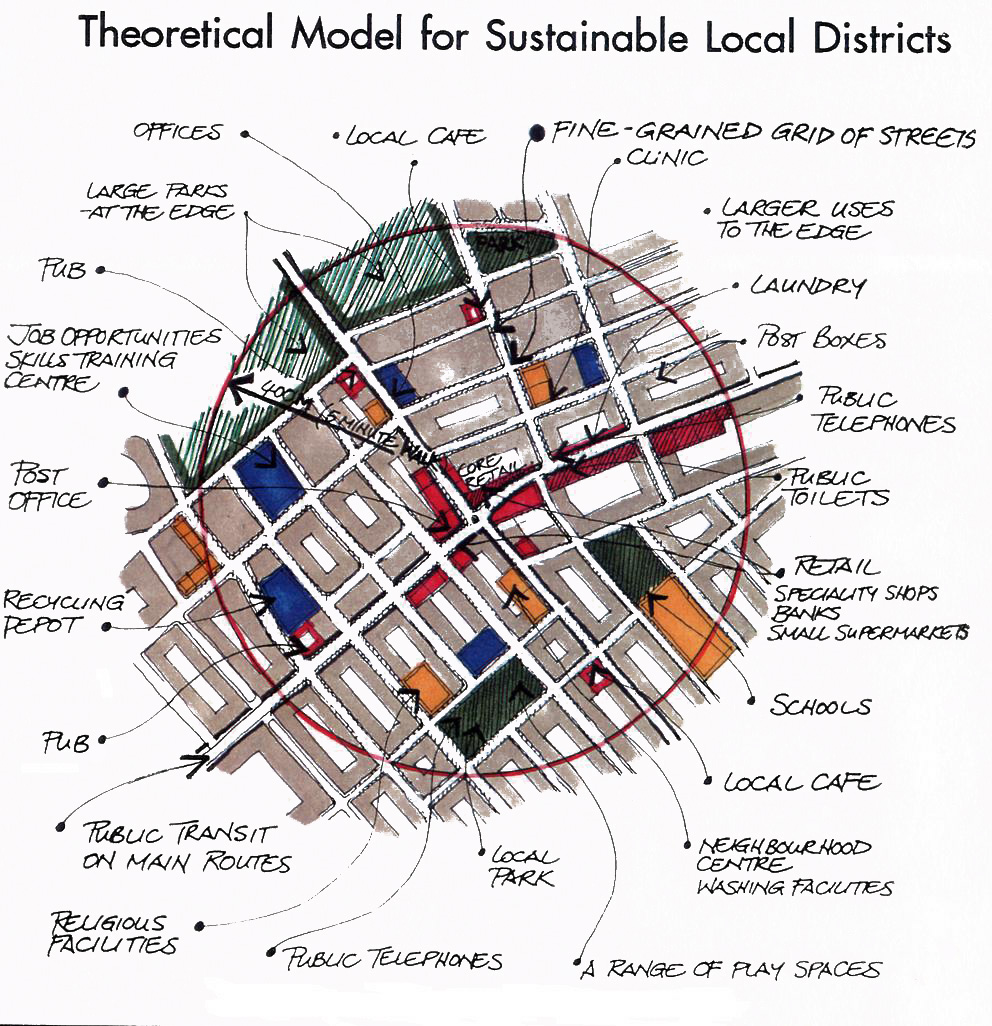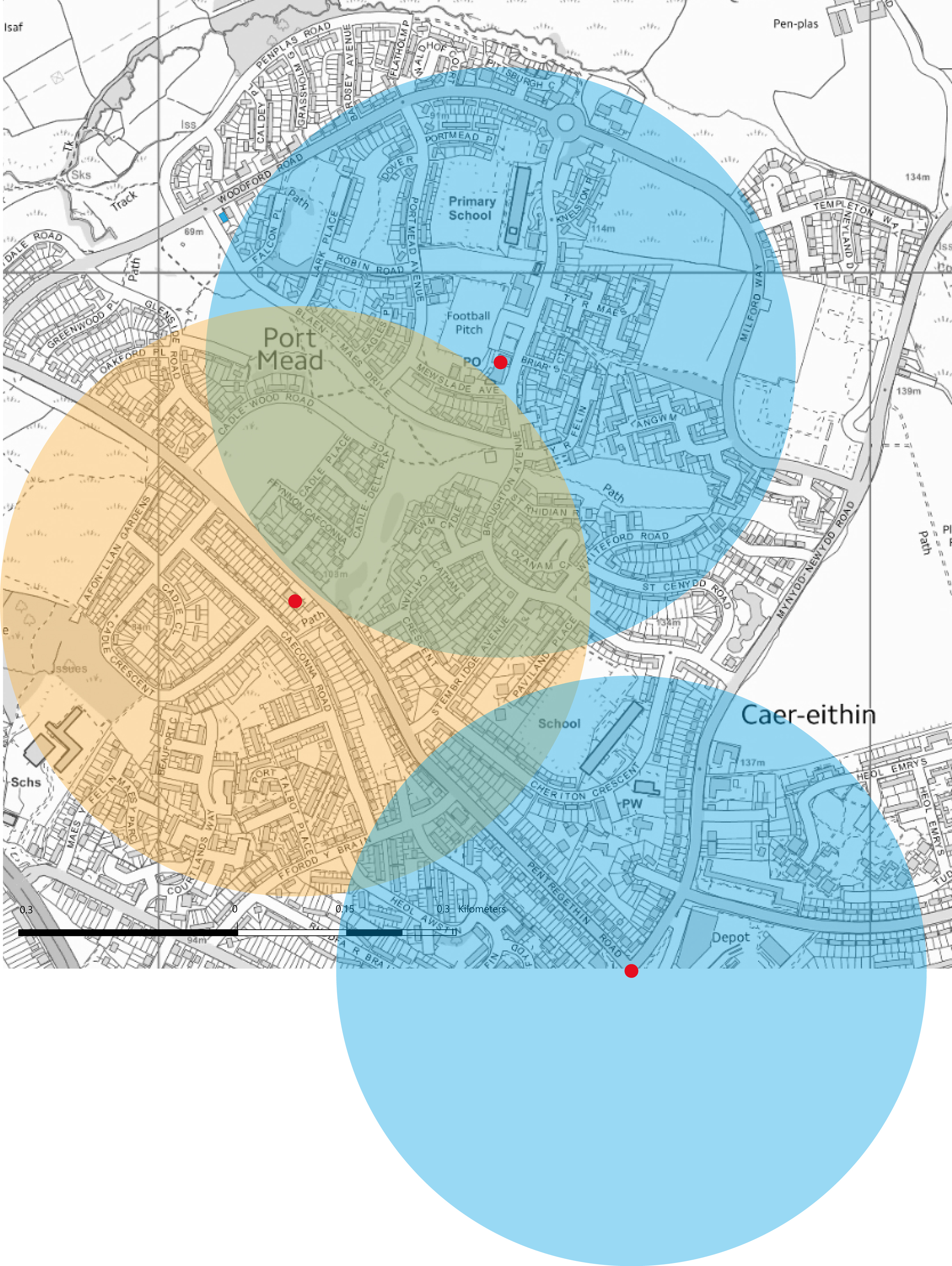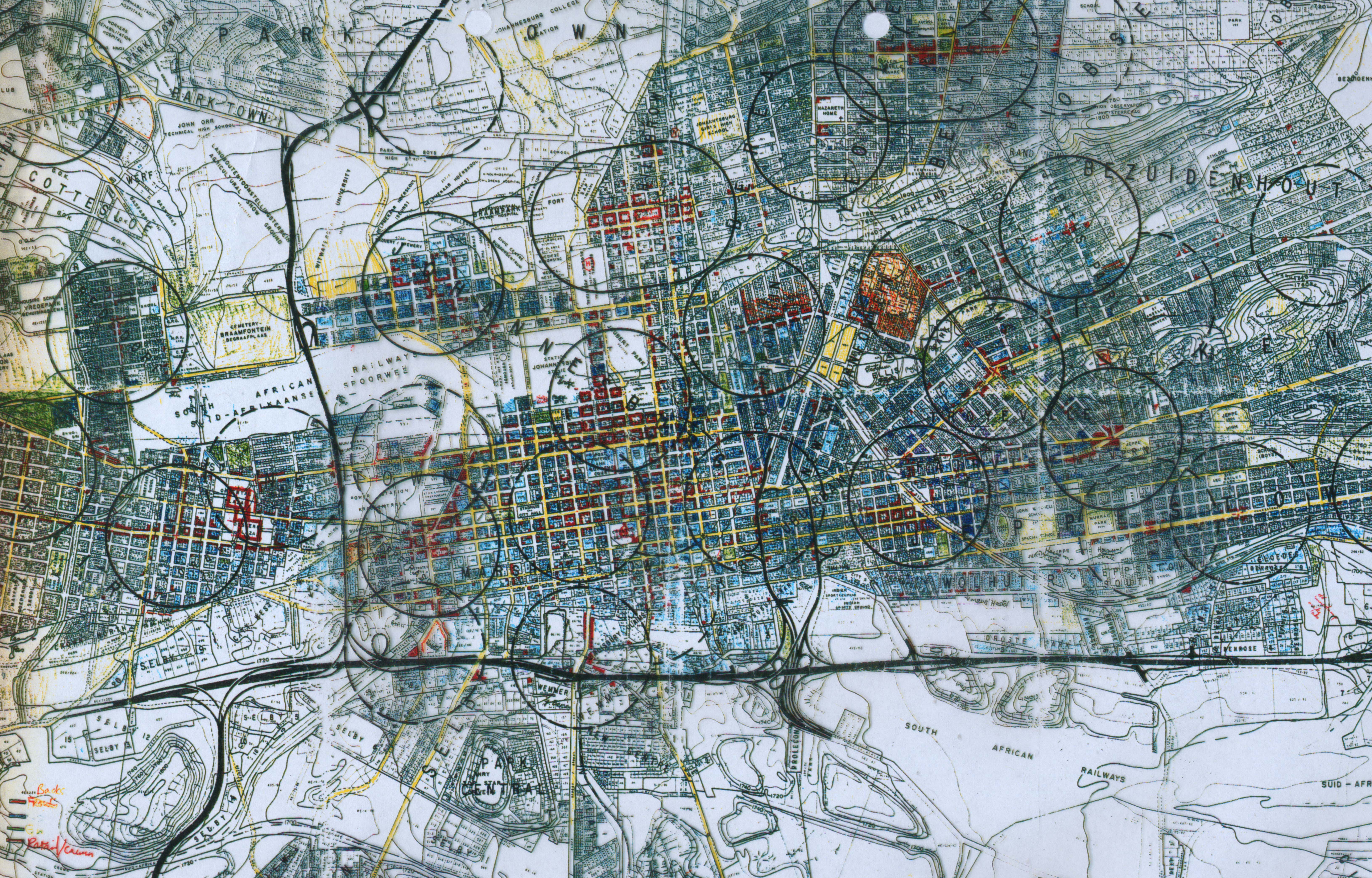
There has been a lot of excitement of late in terms of the creation of more sustainable, environmentally friendly house building – something we whole-heartedly support (indeed, we recommend only working with architects that take this as read).
But in the effort to create homes that are low/zero (sometimes negative) carbon we’re only getting part of the picture – too often, the focus is wholly on the building technology of the structures (what goes on within the 4 walls of the houses) and not on the wider development.
Many new home projects are still being built on the edges of already unsustainable suburbs that are low density (in other words not enough houses within the area) and/or too far away from the basic services needed for the daily needs of the residents (a pint of milk, a loaf of bread, the local primary school, play areas and parks etc.). The result is that people have to get in their cars for these basic day to day activities, meaning that low-carbon developments often aren’t in reality.
To be serious about sustainability, we have to return to designing our towns and cities not just in terms of the building fabric (important though that is) but also in terms of good urban design.
A general principle in urban design is that basic services and resources should be within 400m of the home – roughly walkable distance, beyond which many people will jump in their car. Drop a 400m radius circle centred on a shopping parade and you’ll see its immediate trade area. At the edges of those circles you tend to find corner shops popping up – just at the distance where it’s getting too far to walk to the main shopping area (usually at the edges of another circle if its ‘good town’). Plot these on cities and it’s remarkable how good a story they tell of the local centres. Where it starts to fall apart is in the low-density suburbs.
Sustainable housing developments should be walkable first and foremost. Most of the best examples of ‘good town’ in the UK are those that were built pre-War – dense, based on a grid of streets, and with a variety of housing types and tenures. Density and accessibility are good for business – for shops, community facilities, surgeries and lots more; walkability boosts the Foundational Economy. We have to take it more seriously.
Whilst the concept isn’t new, it is getting closer to mainstream thinking as more and more places declare climate emergencies and start to look more seriously at sustainability. Paris Mayor Anne Hidalgo is pushing for the concept of the ’15-minute city’ as part of her re-election campaign to cut emissions and stress – essentially using the same criteria (read more here).
At Urban Foundry we combine creative thinking, a socially entrepreneurial approach and strong urban theory – what makes places work and makes them sustainable economically, socially and environmentally. If you’re interested in how we can advise on making more sustainable places then get in touch.






